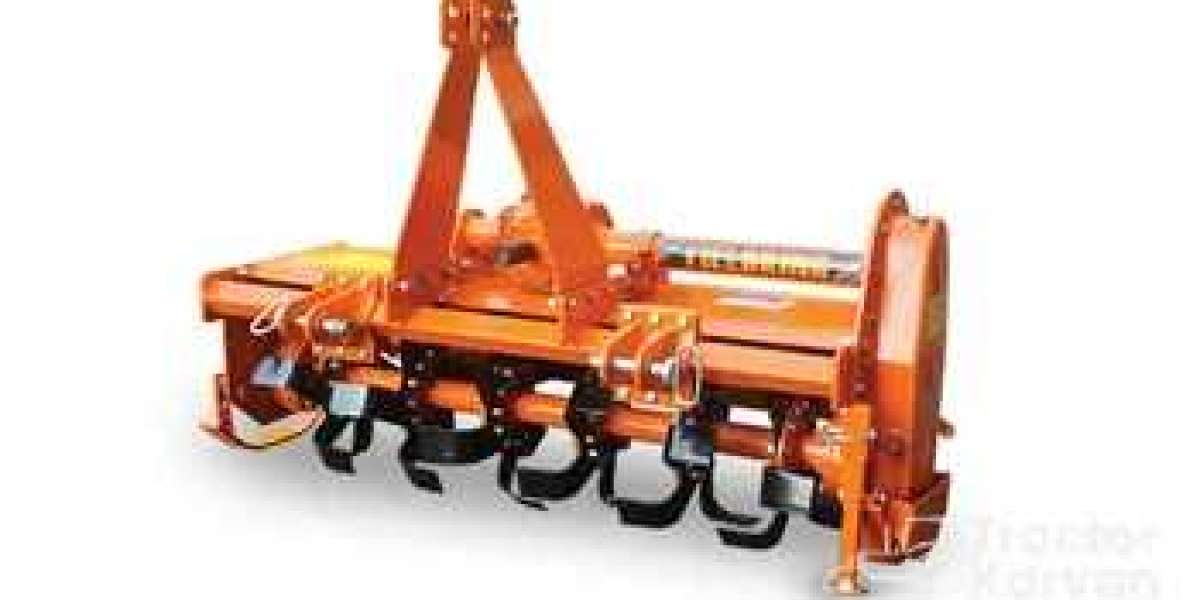Agriculture has been the backbone of India's economy for centuries. With a rich agricultural heritage, the country has witnessed significant advancements in farming techniques and tools over the years. One crucial aspect of farming is primary tillage, which involves the initial preparation of the soil for cultivation. In this blog post, we will delve into the world of primary tillage implements in India, exploring the diverse tools and technologies that farmers employ to enhance productivity and ensure food security.
The Significance of Primary Tillage
Primary tillage plays a pivotal role in agriculture as it prepares the soil for sowing seeds, allowing for better root penetration, aeration, and water retention. It also helps in weed control and incorporation of organic matter, thus ensuring a healthy environment for plant growth. Let's explore some of the primary tillage implements widely used in India.
- Ploughs:
Traditional ploughs are still prevalent in many parts of India. The indigenous ploughs, like the 'ard' or 'hal', have been used for centuries. However, modern tractor-mounted ploughs have gained popularity due to their efficiency and speed. These ploughs come in various designs, such as the moldboard plough, disc plough, and chisel plough, each serving specific soil types and agricultural requirements.
- Harrows:
Harrows are essential tools for breaking clods, levelling the soil, and uprooting weeds. In India, disc harrows and chain harrows are commonly used. Disc harrows, equipped with sharp rotating discs, are efficient in chopping crop residues and incorporating them into the soil. Chain harrows, consisting of a series of linked chains, are excellent for levelling the soil and preparing seedbeds.
- Rotavators:
Rotavators, also known as rotary tillers, have revolutionised primary tillage in India. These motorised implements have rotating blades or tines that break and mix the soil effectively. Rotavators are highly efficient, saving time and labour for farmers. They are particularly useful in regions where soil needs frequent tilling due to multiple cropping seasons.
- Cultivators:
Cultivators are versatile primary tillage implements that come in various sizes and designs. They are suitable for both small and large-scale farming. Cultivators have multiple shovels or teeth that work the soil thoroughly, making them ideal for preparing fine seedbeds. They are often used for row crops like maize, cotton, and soybeans.
- Power Tillers:
Power tillers have gained popularity among small and marginal farmers in India. These compact machines, equipped with various attachments like ploughs, harrows, and cultivators, offer flexibility and affordability. Power tillers are easy to operate, making them accessible to farmers with limited resources.
Conclusion
Primary tillage implements in India have come a long way, evolving from traditional tools to modern, mechanised equipment. These implements play a vital role in enhancing agricultural productivity, ensuring food security, and improving the livelihoods of millions of farmers. As technology continues to advance, it is crucial for farmers to adopt sustainable and efficient tillage practices that preserve soil health for future generations. By understanding and embracing the diverse range of primary tillage implements available, Indian farmers can cultivate a brighter, more prosperous future for agriculture in the country.








